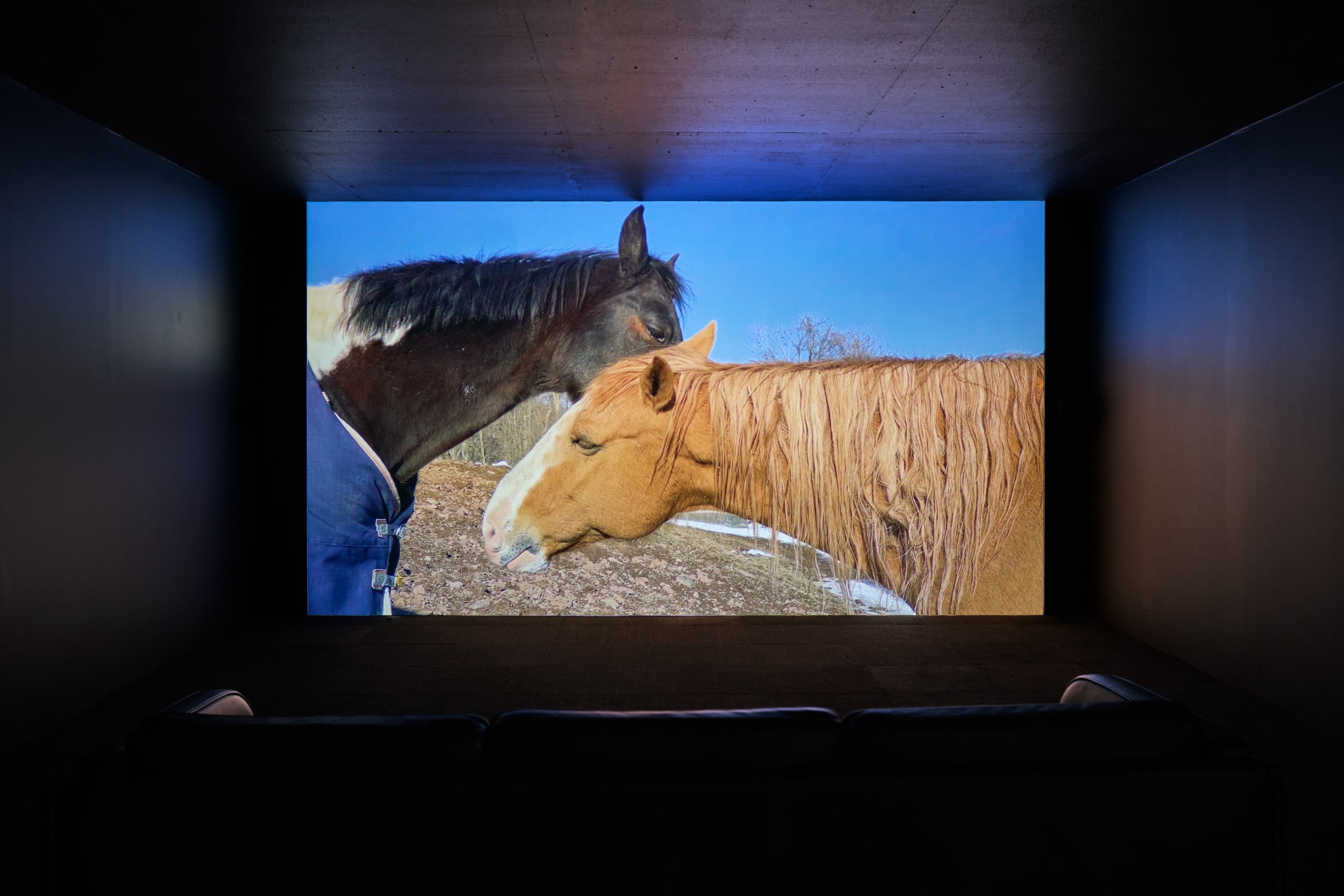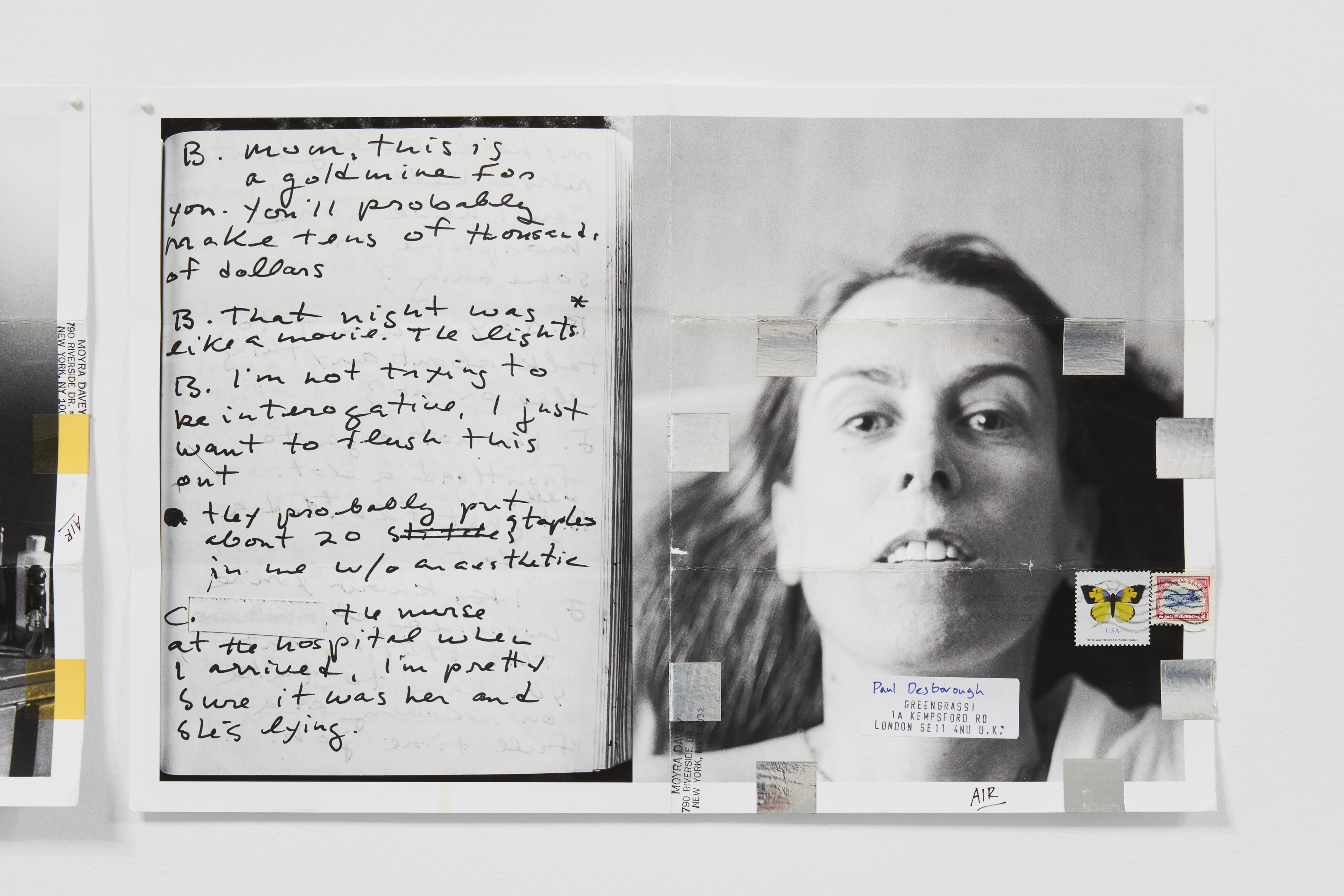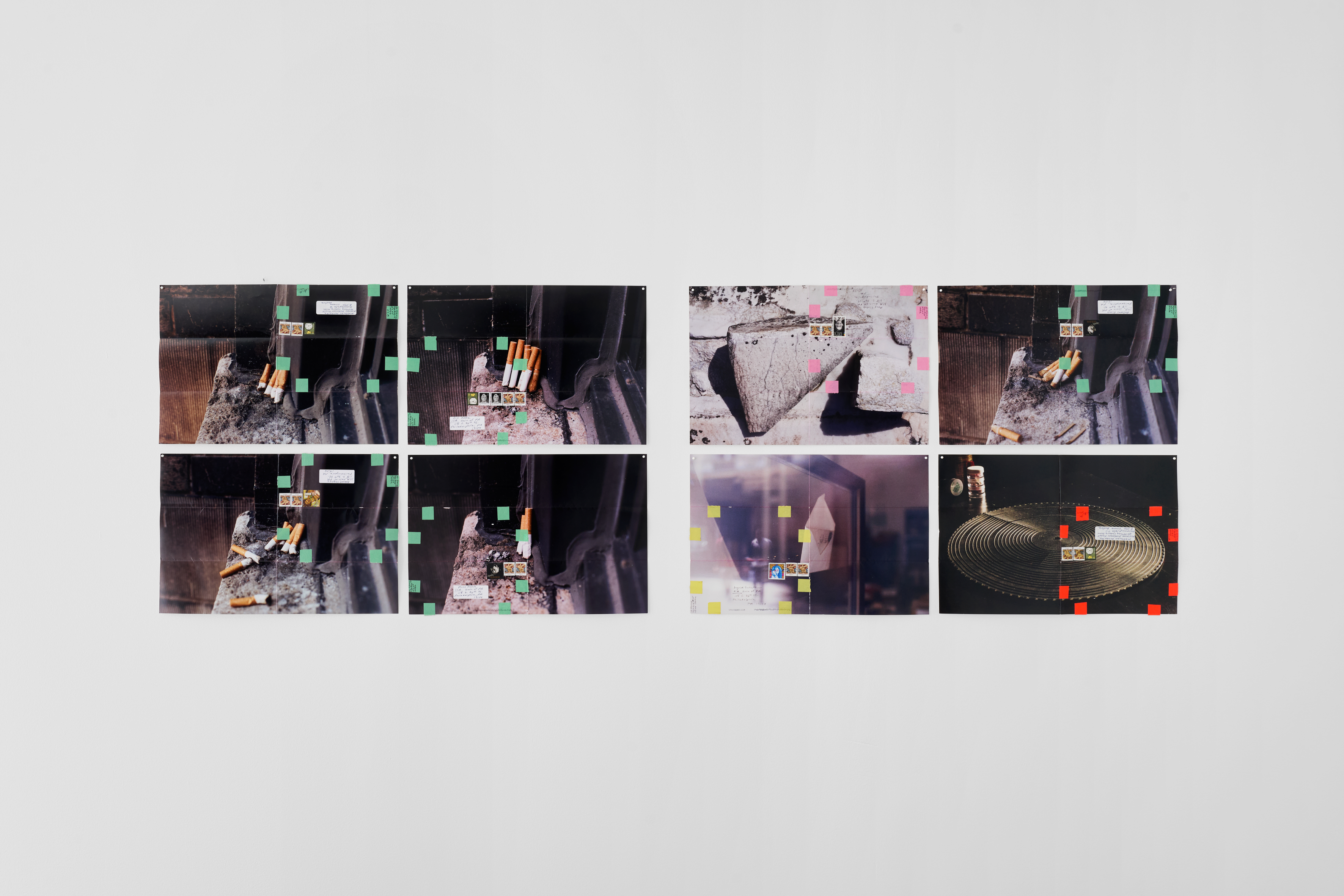
Paul Celan was born in 1920 in Czernowitz, then part of Romania, now part of Ukraine. He was named Paul Antschel. Clarice Lispector was also born in 1920 in Ukraine. Her birth name was Chaya Pinkhasovna Lispector. Maya Deren was born Eleanora Derenkowski in Kyiv, Ukraine, in 1917. Peter Hujar was born Peter Hujar in Trenton, New Jersey, in 1934. His grandparents were from Poland.
“A region in which human beings and books used to live,” said Celan, with ironic understatement, describing his native country. His Jewish parents were taken to a Nazi labor camp in 1942, where his father died of typhoid fever, and his mother was murdered — shot in the neck — by the Germans for being unfit to work. Celan grew up with his family’s Jewish traditions and a deep love for German literature, which came from his mother. German, he would say, was his mother’s tongue and the tongue of her murderers (Muttersprache und Mördersprache). He saw himself as “perhaps already irrevocably condemned to silence.”
“A village that’s not even on the map,” Lispector said of Chechelnik, who always sought to distance herself from her geographical origins: she would say that her Jewish family had fled the pogroms for Brazil when she was two months old; in fact, they fled when she was perhaps five, after her mother was raped by Russian soldiers; and her family, once in Brazil, spoke Portuguese rather than Yiddish. Lispector almost never wrote about her childhood — nor about her parents, or about being a Jewish refugee. But her oldest sister, Elisa, wrote an unpublished memoir in which she said her mother died from syphilis: the family “tacitly agreed to avoid the subject, omitting her name, because she was present in all their thoughts and actions.” In her novel The Apple in the Dark, published in 1961, Lispector celebrates the usefulness of “words that are lost.” “If it were not that way, how poor our mutual understanding would be, our comprehension is made with words that are lost and words that have no meaning.”
Maya Deren’s family fled Kyiv in the early nineteen-twenties and made their way to Syracuse, New York. Name-changes mark the phases of her life. Eleanora Derenkowski foreshortened and anglicized became Deren — her mother called her “Elinka,” and she later adopted the name Maya, the Hindu word for “illusion.” “The problem of the individual,” Deren would say of her 1944 film At Land, “is to relate herself to an incoherent universe.” She wanted to explore “inner realities” and “the laws of the invisible powers” via film.
Peter Hujar was the son of a waitress and of a father he never knew. He was raised by his Polish grandparents on a farm in Ewing Township, New Jersey, where, until he went to school, he only spoke Ukrainian. Hujar developed a deep love for animals on his grandparents’ farm; and animals would be among the first, and most enduring, of his photographic subjects. He photographs cows, sheep, dogs, geese. A pensive cow peering through barbed wire: he once referred to the photo as a self-portrait. “I liked when you said that perhaps all this while you’ve just been trying to find your father, using your camera,” wrote Paul Thek to Hujar in a 1975 letter. “Heimat,” Celan told the French poet Jean Daive, of the German term for home, “is an untranslatable word. […] It’s a human fabrication: an illusion.”
Janique Vigier

![Moyra Davey, Four [чотири], 2025, HD video with sound, 32 minutes, 47 seconds. Courtesy of Simian, photography by Brian Kure / GRAYSC.](https://cdn.prod.website-files.com/5d8e34370ec4b47f836e631f/690c0c13a0ad8f54ada05e42_15_25GRAYSC_Simian_Moyra_Davey_A4.jpg)




